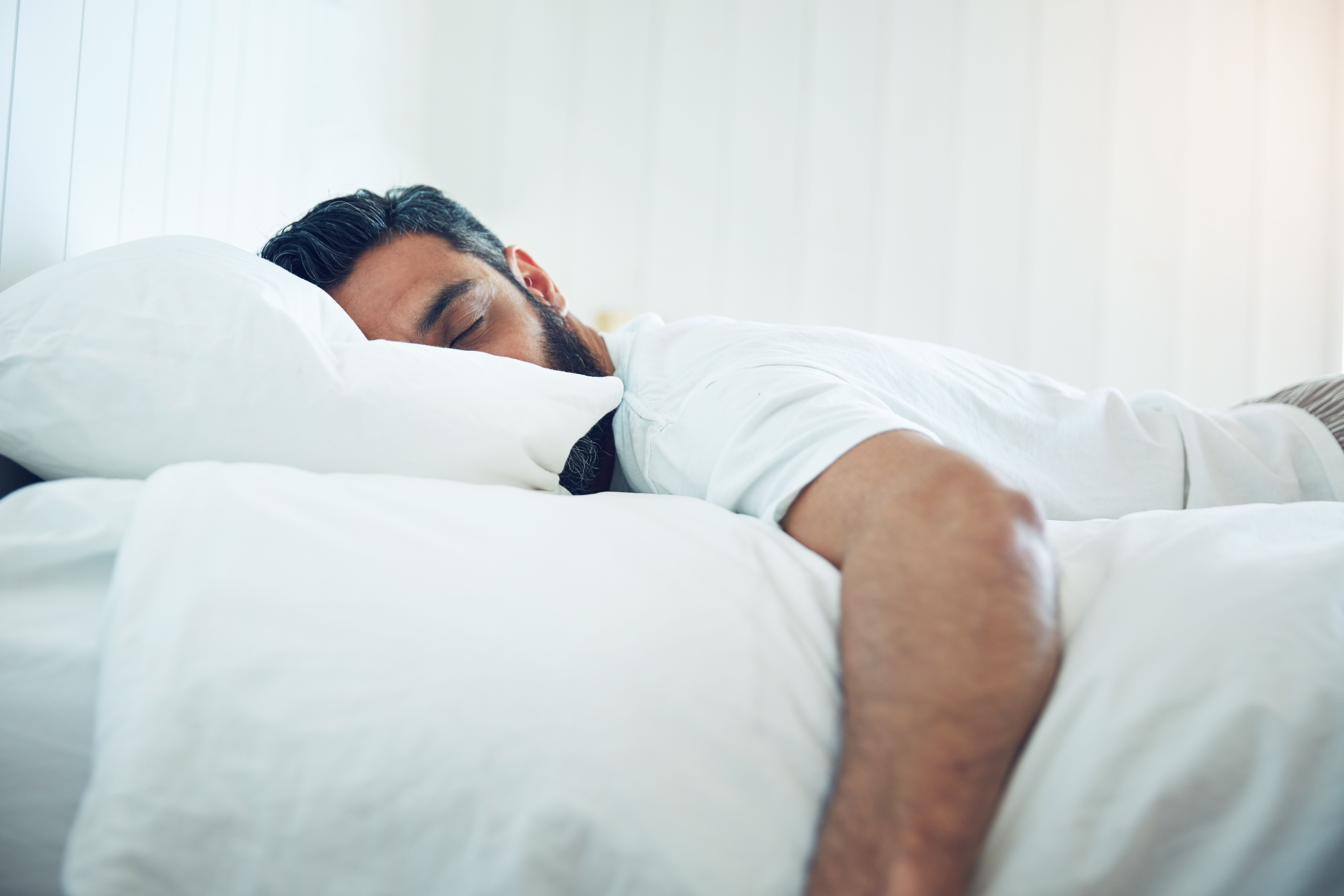News
Article
Sodium Oxybate Effective in Idiopathic Hypersomnia, Narcolepsy
Author(s):
Use of sodium oxybate and low-sodium oxybate led to meaningful improvements in patients with hypersomnia and narcolepsy regardless of comorbidities.
Both hypersomnia and narcolepsy can be treated using sodium oxybate or low-sodium oxybate, according to abstracts presented at the SLEEP 2024 Annual Meeting held in Houston, Texas from June 1 to June 5, 2024. Improvements in narcolepsy were not affected by the number of comorbidities possessed by the patient.
Low-sodium oxybate (LXB) is a treatment for cataplexy or daytime sleepiness that has been approved by the FDA for usage in patients aged 7 years and older who have been diagnosed with narcolepsy or idiopathic hypersomnia (IH). LXB contains approximately 92% less sodium than sodium oxybate (SXB), which can be used in IH. These 2 studies tested the efficacy of SXB in patients with IH and the efficacy and safety of LXB in patients with narcolepsy both with and without psychiatric or neurologic comorbidities.
Man sleeping | Image credit: Laflor/peopleimages.com - stock.adobe.com

In the first study,1 the researchers used the Epworth Sleepiness scale (ESS), the Idiopathic Hypersomnia Severity Scale (IHSS), and the Maintenance of Wakefulness Test (MWT) assessment to survey the participants for improvements in sleep. All participants were aged 18 to 60 years, were diagnosed with IH, and had a ESS of 14 or higher. The participants were randomly assigned 1:1 to either receive SXB or placebo. Treatment was given for 2 weeks at a stable dose of either 6g or 9g before being tapered off for a week. Mean change in ESS from baseline to week 8 acted as the primary endpoint, with changes in sleep latency on the MWT and IHSS acting as secondary endpoints.
There were 45 patients who were randomly assigned to the 2 groups. The majority of participants were women (n = 36) with a mean (SD) age of 29.0 (7.5) years and a mean ESS of 16.5 (2.7). Meanwhile, 22 were assigned to the SXB group. A total of 40 participants completed the double-blind period, of which 19 were receiving SXB.
The between-group differences for SXB vs placebo had a mean change in ESS from baseline to endpoint of –6.54 (95% CI, –9.35 to –3.73). Between group differences for average sleep latency from baseline to endpoint were 13.87 (95% CI, 8.35-19.39) for the MWT and –10.87 (95% CI, –15.71 to –6.03) in the IHSS. A total of 77% of patients reported adverse events due to treatment in the SXB group vs 30% in the placebo group. These adverse events included nausea, headache, and dizziness.
The researchers concluded that a clinically meaningful improvement was found in patients with IH who were using SXB. Excessive sleepiness, as measured by ESS, and wakefulness, as measured by the MWT, both improved when using SXB and the efficacy was similar to that of previous studies.
The second study2 focused on a phase 3 trial testing the safety and efficacy of LXB for patients with narcolepsy both with and without psychiatric or neurologic comorbidities. All participants were aged 18 to 70 years and were diagnosed with narcolepsy with cataplexy.
Participants had an optimized/titrated dose of LXB for up to 12 weeks before a stable dose period of 2 weeks. Participants either stayed on LXB or were switched to a placebo in the 2-week double-blind randomized-withdrawal period. Participants both with and without comorbidities were evaluated using the ESS, average weekly number of cataplexy attacks, thePatient Health Questionnaire-9 scores, the Patient Global Impression of Change, and treatment-emergent adverse effects (TEAE).
There were 201 participants in this study, of which 84 reported a comorbidity at baseline, most commonly depression, migraines, anxiety, and regular headaches. Participants who were switched to the placebo had worse ESS scores compared with participants who continued with LXB both with comorbidities (–3.7; 95% CI, –5.6 to –1.9) and without (–2.0; 95% CI, –3.5 to –0.6). Participants in the placebo group also had more weekly cataplexy attacks compared with those in the LXB group both with (–4.0; 95% CI, –7.0 to –1.1) and without (–3.5; 95% CI, –9.1 to –1.1) comorbidities. PGIc was also worse in patients on the placebo treatment and depression remained stable.
TEAEs and serious TEAEs were found in 82.1% and 1.2% of participants with comorbidities and 71.8% and 2.6% of participants without comorbidities. The researchers concluded that LXB was both safe and effective in patients who had psychiatric or neurologic comorbidities, as the safety and efficacy was similar to that of the patients who had no comorbidities.
“The major takeaway is that in patients with narcolepsy who have psychiatric and neurological comorbidities. [LXB] works just as well in those individuals than those that don't have those issues,” said Nathaniel Watson, MD, MSc, a coauthor of the study. “It can help assure providers and patients that this medication can be safe and effective in those with psychiatric and neurological disorders.”
Overall, SXB and LXB are both safe and effective treatments for patients with either narcolepsy or IH.
References
- Dauvilliers Y, Chenini S, Thobois O, et al. Efficacy of sodium oxybate in adults with idiopathic hypersomnia: a randomized placebo-controlled trial. Presented at SLEEP 2024 Annual Meeting; June 1-June 5, 2024; Houston, TX. Abstract 0630
- Chepke C, Cutler A, Watson N, et al. Efficacy and safety of low-sodium oxybate in narcolepsy patients with/without psychiatric neurologic comorbidities. Presented at SLEEP 2024 Annual Meeting; June 1-June 5, 2024; Houston, TX. Abstract 0633

The Importance of Examining and Preventing Atrial Fibrillation




